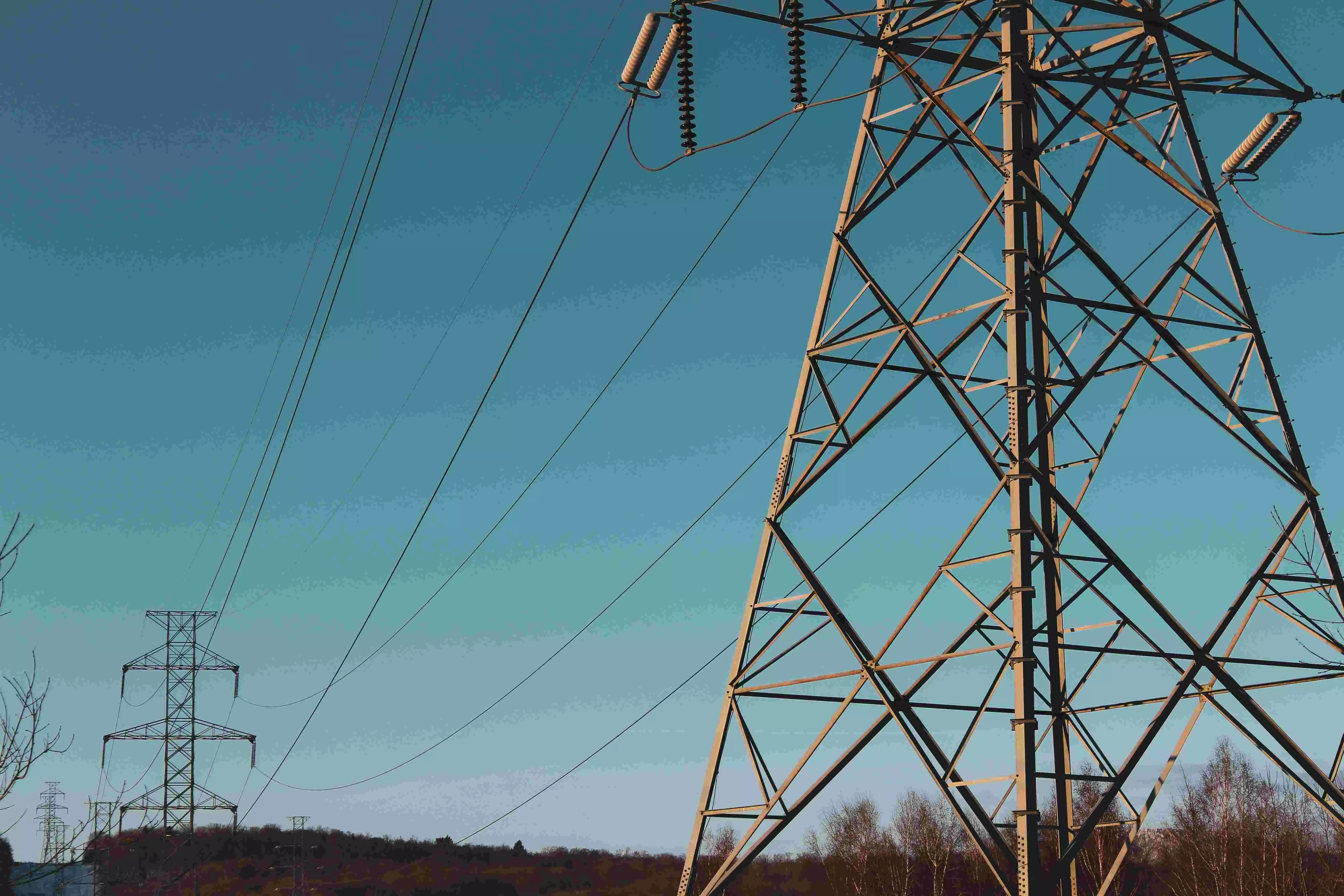A lifeline in the making

The Department of Telecommunications (DoT), in yet another attempt to augment and democratise connectivity across the length and breadth of the country, has floated draft rules pertaining to operationalisation of the Digital Bharat Nidhi (DBN) for public consultation. The DBN, it may be recalled, was established through the Telecommunications Act, 2023, replacing the Universal Service Obligation Fund (USOF).
Credit to a comprehensive series of initiatives and interventions by the Central government, India’s telecom sector has rapidly expanded over the past couple of years. As of April 2024, India's telecom industry was the second largest globally, with a subscriber base of 1.091 billion (including wireless and wireline users). The country has an overall tele-density of 85.76 per cent. However, there lies a dichotomy here—while the tele-density of urban India stands at 133.42 per cent, rural India still lags behind with a comparatively low tele-density of 59.44 per cent. This is the gulf that USOF, established in 2003, was aimed to bridge. It was designed to ensure affordable telecom services in underserved regions. Funded by a 5 per cent levy on the adjusted gross revenue (AGR) of telecom operators, the USOF accumulated substantial resources. However, its track record has been marred by underutilisation. Between 2017 and 2022, only 72 per cent of the collected Rs 41,740 crore was utilised. The underutilisation trend exacerbated during the later phases. The BharatNet project, in particular, fared poorly on this parameter.
The introduction of the Digital Bharat Nidhi has sparked hopes for a more dynamic and expansive approach. As per the Telecommunications Act, 2023, the DBN not only retains the objective of universal telecom access but also broadens its scope. It aims to support research and development, pilot projects, and consultancy assistance, promoting the introduction of new telecom services and technologies. As per the draft rules, contributions from telecom companies will first be credited to the Consolidated Fund of India (CFI) and subsequently allocated to the DBN. The effort, it seems, is to streamline the entire process of fund collection and utilisation in a structured format. Furthermore, the DBN rules specify the position of an “administrator” to oversee its implementation. This administrator will select “DBN implementers” through a process of bidding or application invitations. The DBN implementers are mandated to provide services on an open and non-discriminatory basis, in line with the government’s vision of an inclusive approach towards telecom connectivity. Importantly, the draft rules also highlight a commitment to social equity. The DBN will specifically target underserved groups, including women, persons with disabilities, and economically and socially weaker sections.
Also, the DBN is poised to be a catalyst for innovation in the telecom sector. By funding research and development, the DBN will encourage the adoption of next-generation technologies in rural and remote areas. This vision appears to be backed by concrete actions by the government. In the Union Budget 2023-24, the Department of Telecommunications was allocated Rs 97,579 crore. Of this, Rs 400 crore was for Research and Development.
Despite its positive intent, the new rules leave certain questions unanswered. It is not yet clear how the DBN will address the shortcomings, especially of fund underutilisation, faced by USOF. A lot depends upon the role of the ‘administrator’ and ‘implementors’, which could have been defined more elaborately. While more clarity and expert inputs are awaited, one thing is clear — Digital Bharat Nidhi represents a forward-thinking and holistic strategy to address the long-standing issue of rural connectivity in India, which might catalyse India’s next big leap in economic growth. forecasts



